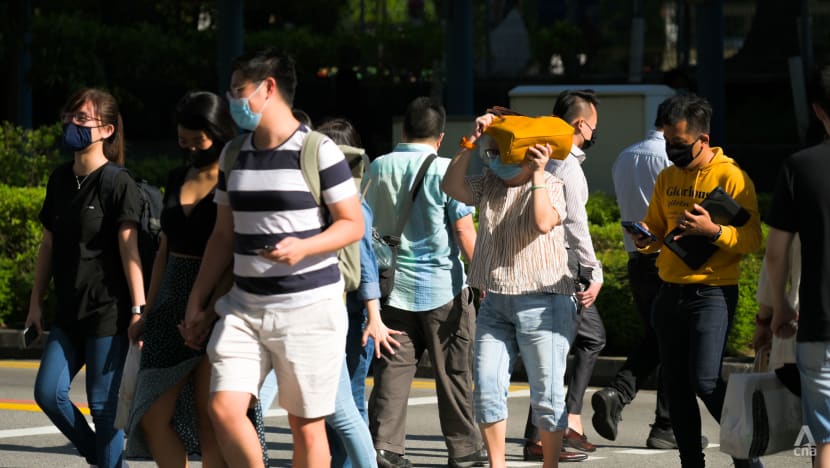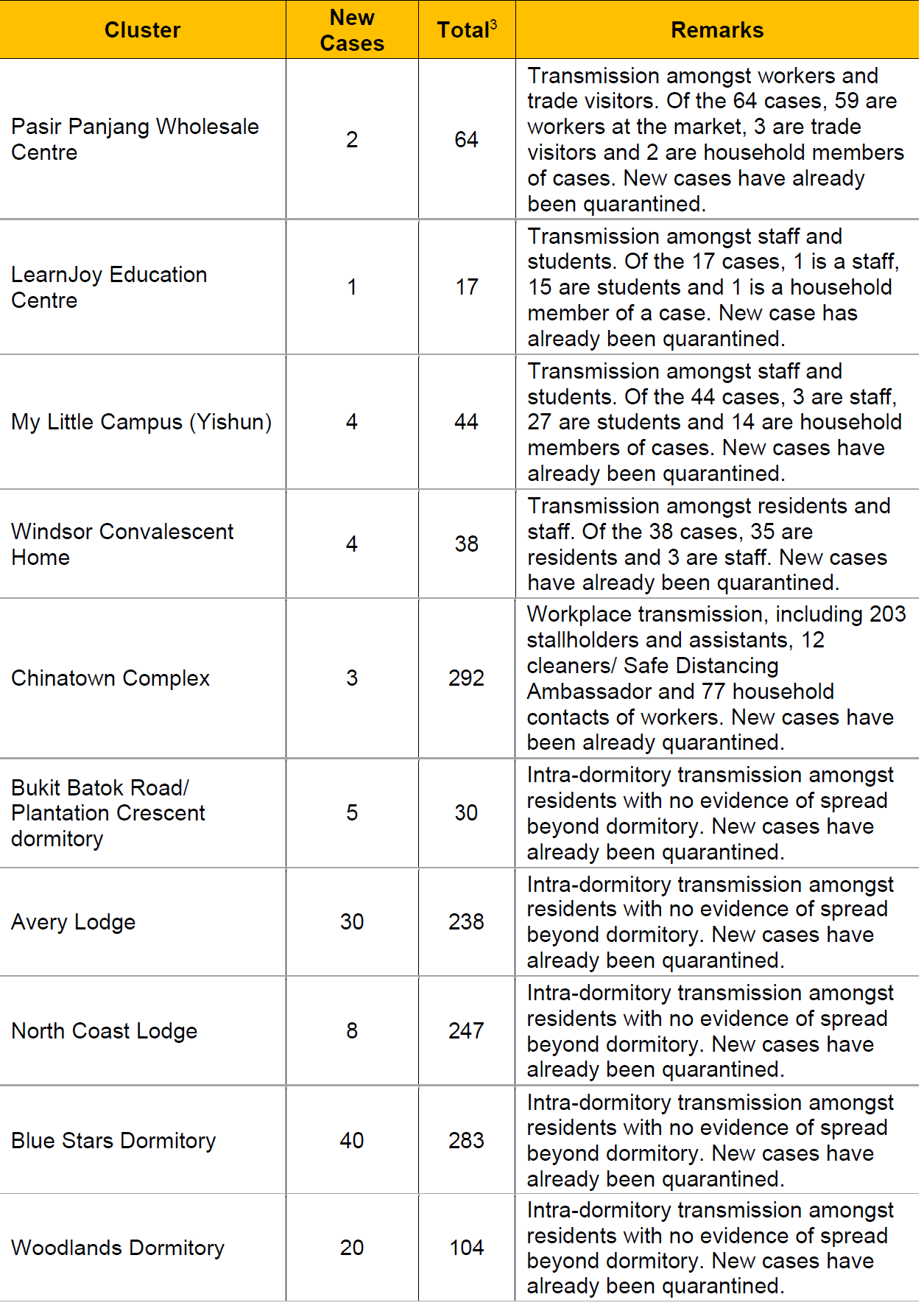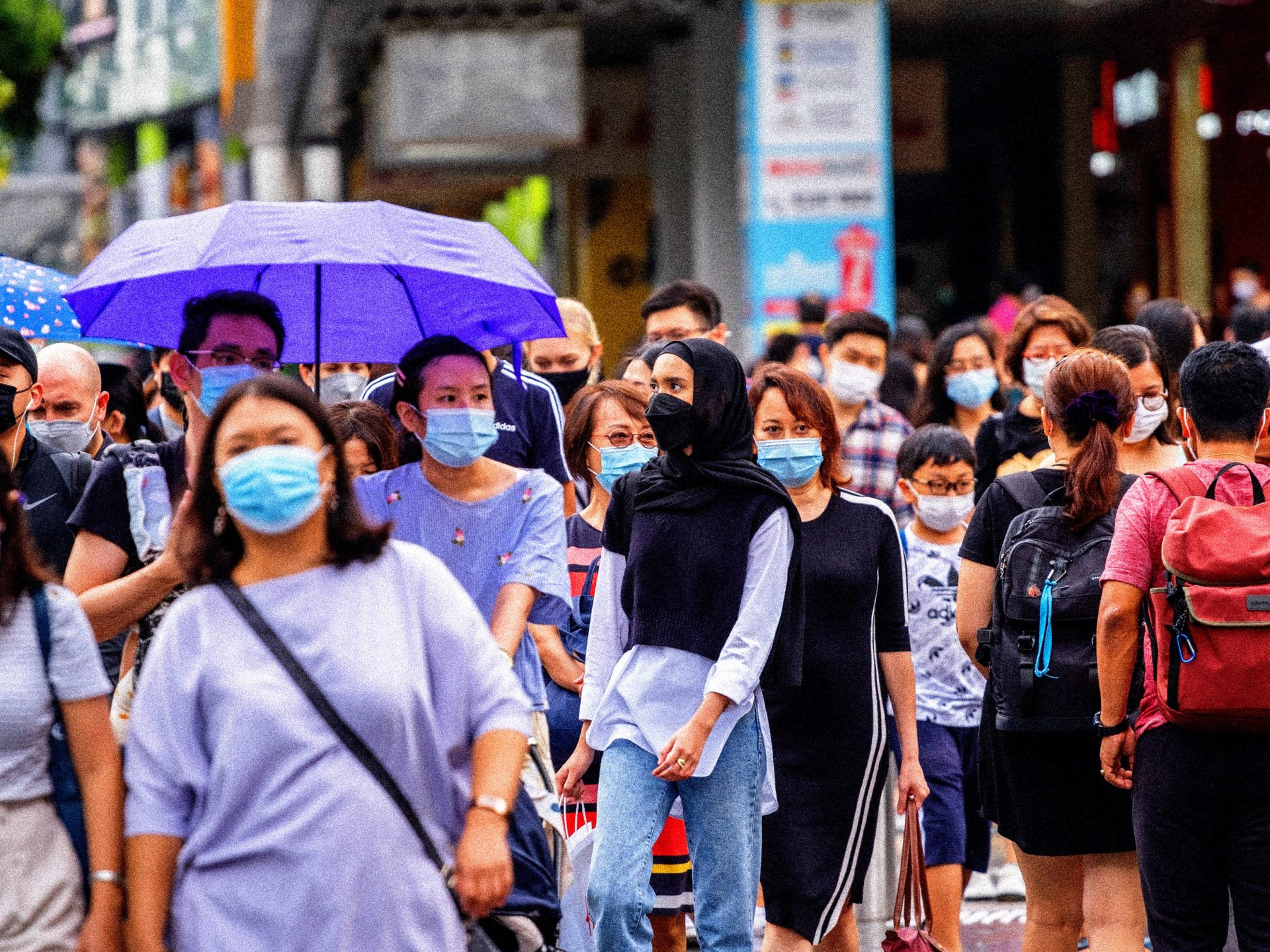The difference in the way information is reported in the two countries — and the depth and quality of that information — is startling.
In the last month, Malaysia has made tremendous, laudable strides in overhauling the manner in which it both collects Covid-19 data and how it’s communicated to the public. To say the Ministry of Health’s new website represents an improvement over the way information was communicated earlier would be an understatement.
But now, talks are getting underway to determine a path forward for reopening the border between Singapore and Malaysia soon. Separately, Johor is sending a proposal to Putrajaya for the implementation of a border opening to facilitate a daily commuting arrangement between the two countries.

As the process goes through all the necessary (and sometimes unnecessary) steps to get from theory to actual practice, a clear picture is emerging in the difference in how the two countries have communicated information about the pandemic to the public.
Singapore, by virtually all accounts, has done a relatively good job of managing the pandemic over the last year and a half. There have been some notable stumbles, but the authorities there have reacted swiftly and decisively nearly every time, and there has been a serious, almost methodical implementation of the various restrictions and ‘circuit breaker’ measures that, while attracting criticism at time from residents of the Lion City, has proven to be effective overall.
Now, however, after asserting they would shift to an endemic mindset, recognising that the virus is something that must be accepted as part of our lives, rather than something we can eradicate, Singapore appears once again to be somewhat embracing the “zero-Covid” approach, implementing a fresh month of tightened movement controls in view of a new surge in cases and a handful of deaths. Clearly, authorities there are not keen to take any chances.

Most of the recent deaths in Singapore, however — and there have been very few to begin with — have been among the unvaccinated. Some were not only unvaccinated, but also quite old (one was 93, another 71) and had preexisting, rather serious conditions already. Needless to say, the latest round of restrictions have drawn howls of protest from Singaporeans, who have accused the government of having no plan and no idea of what they’re doing from one week to the next.
The data Singapore reports, however, has been remarkably deep — the city-state makes a point of publishing detailed reports on mortality and case clusters at a level that we simply don’t see in Malaysia. Still, the coronavirus continues to show that it is a formidable and insidious foe, ready to exploit any lapse in vigilance (and clearly impervious to methods of data reporting).

It’s also become evident that accurate, timely information is a tremendous asset in the fight against the spread of the virus. When there are gaps in the data, the correct course of action becomes that much less clear. And because so many of the key data points are lagging indicators, it takes time to see the results of any policies or actions taken — and in a pandemic, time is the virus’s best ally.



















